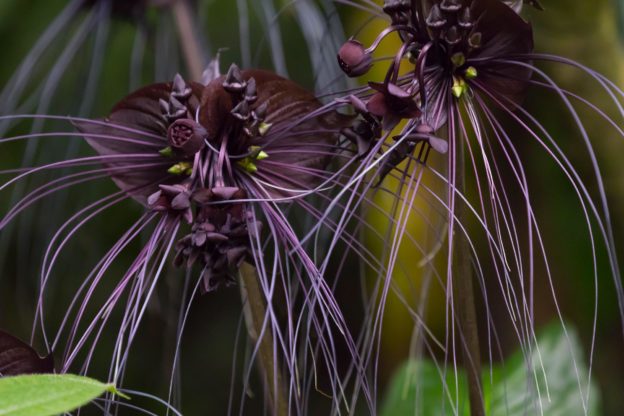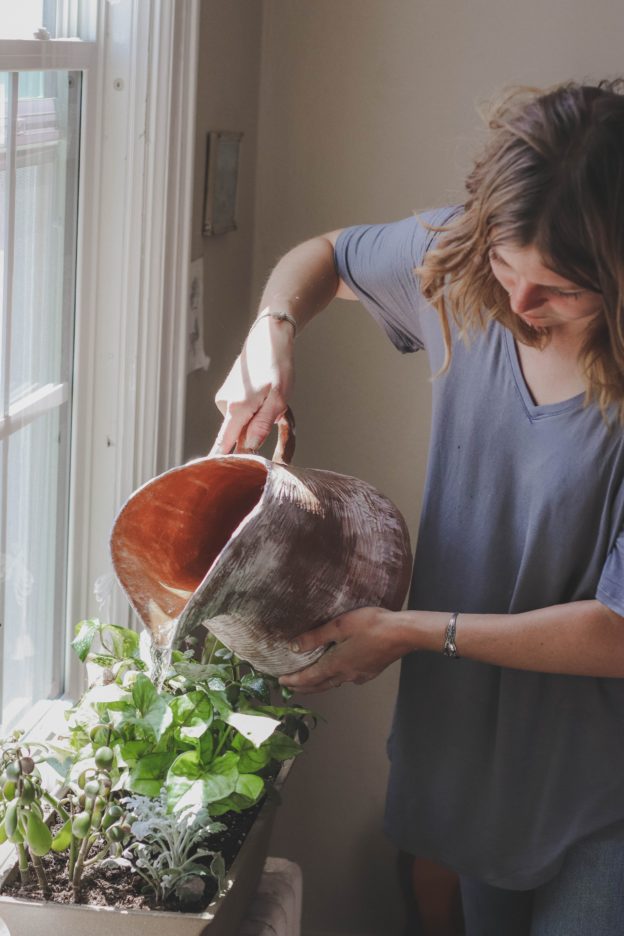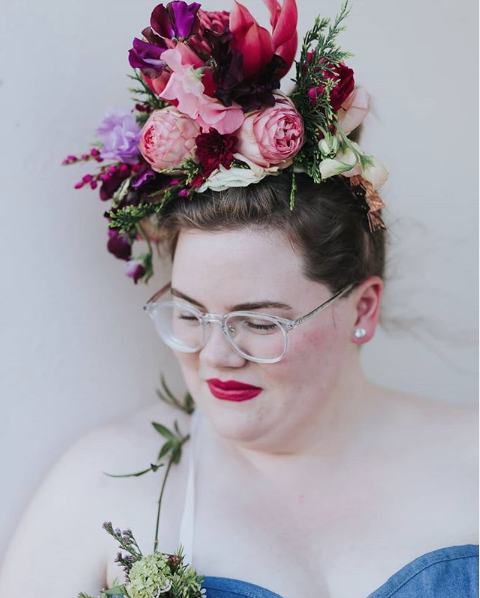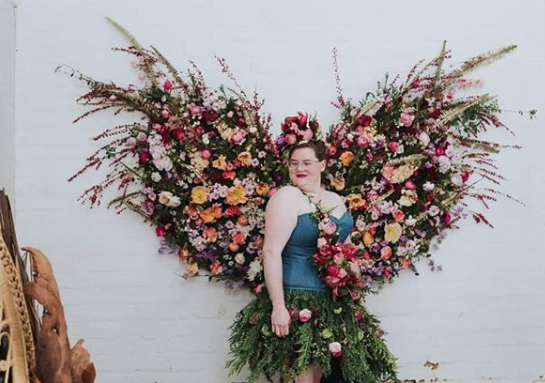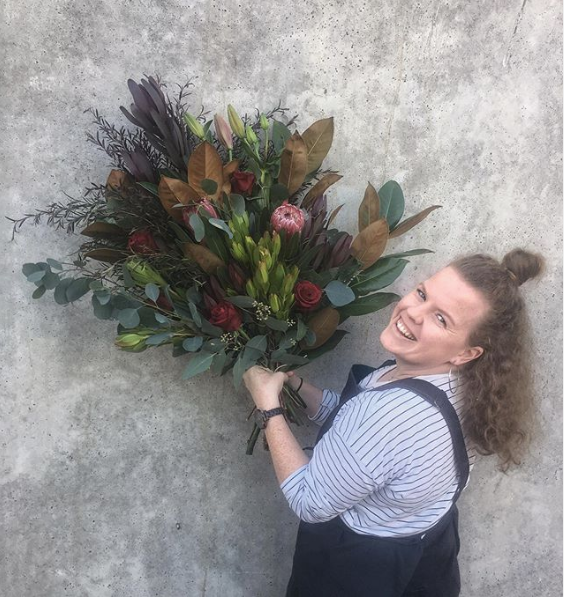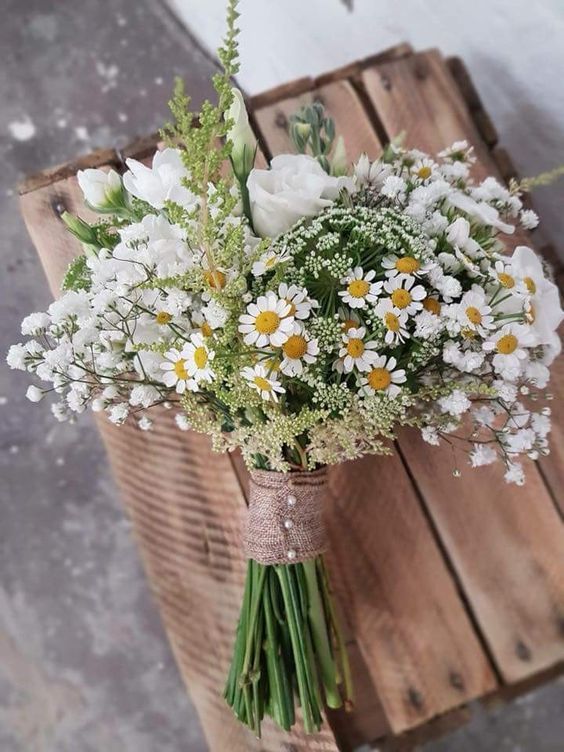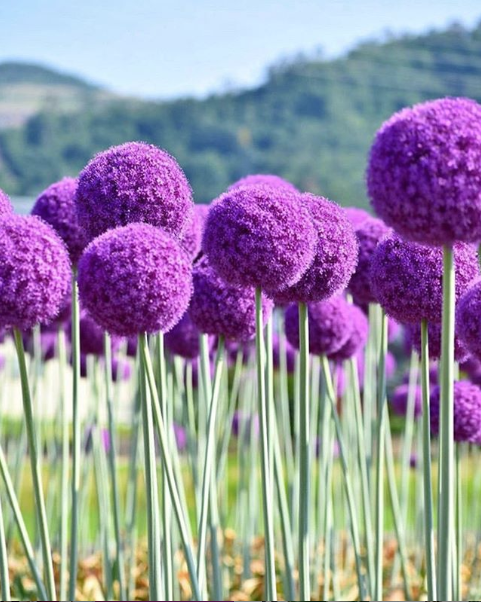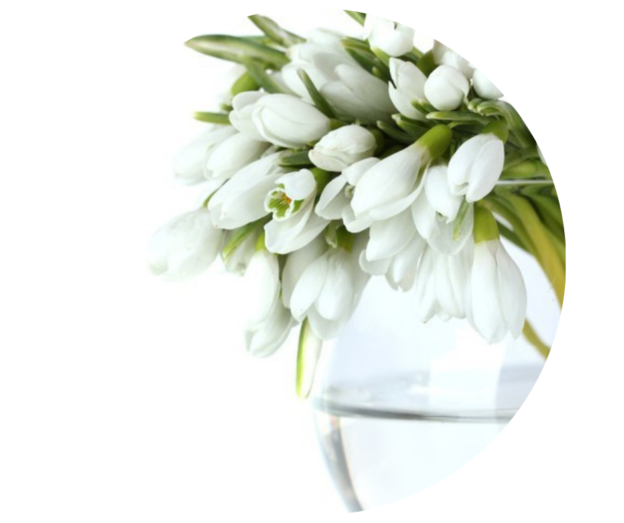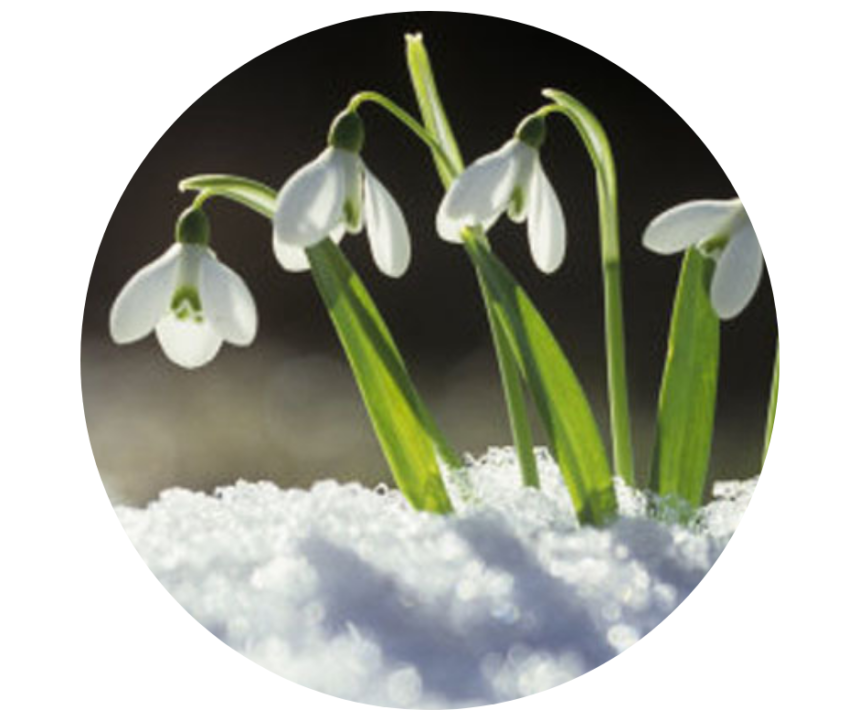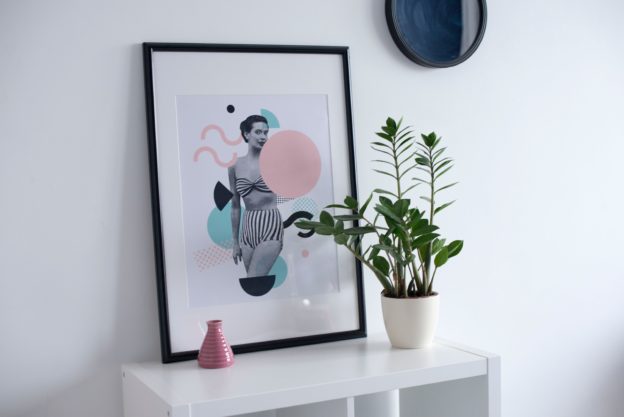Check out this fabulous blog post from Annette Coppess on the Breck’s blog about the power of plants in your home.
The 1970s was a time for fads: pet rocks, leisure suits, mood rings, CB radios—the list goes on and on. Houseplants also became an obsession during the decade, tenaciously grabbing a foothold in U.S. homes and offices like the tendrils of an ivy plant clinging to a brick wall.
Americans went crazy for houseplants—and not only because of their ornamental beauty and the splashes of colour they provided on stark, grey winter days. It was also a time when people were becoming more environmentally aware. Earth Day, celebrated on April 22, was first observed in 1970. Many baby boomers who came of age as flower children in the ‘60s started caring for spider plants, ferns, philodendrons and other houseplants that were popular in the ‘70s.
Houseplants offer many environmental and health benefits. They expel oxygen. They add humidity to the air during drier periods. They purify the air by absorbing volatile organic compounds, such as the benzene in cigarette smoke, and other indoor air pollutants. An eight-year Harvard study released in 2016 found that American women living in homes surrounded by vegetation had a 12% lower mortality rate than those living in the least green areas.
While the ‘70s heyday of houseplants eventually waned, they are now enjoying a resurgence in popularity, particularly among millennials. The New York Times reported last year that they account for an estimated one-third of houseplant sales in the U.S.
One reason for this is their lack of living space. Many millennials—the same demographic that is putting off marriage and having children—are also waiting longer to buy houses. They are, instead, living longer in small, urban apartments with no outdoor gardening areas.
There is also the line of thought that unmarried, childless millennials are filling a void in their lives by looking after plants. Modern houseplants not only require less attention than spouses or offspring, many are easier to maintain than some houseplant varieties that were omnipresent during the golden age of disco.
Don’t forget to join us for our Potted Plants Workshop on June 19, and learn how to pot and re-pot your house plants as well as maintain and care for them. All tools, plants and accessories included. Find out more and how to book your spot here: https://bit.ly/2VUjXcy

